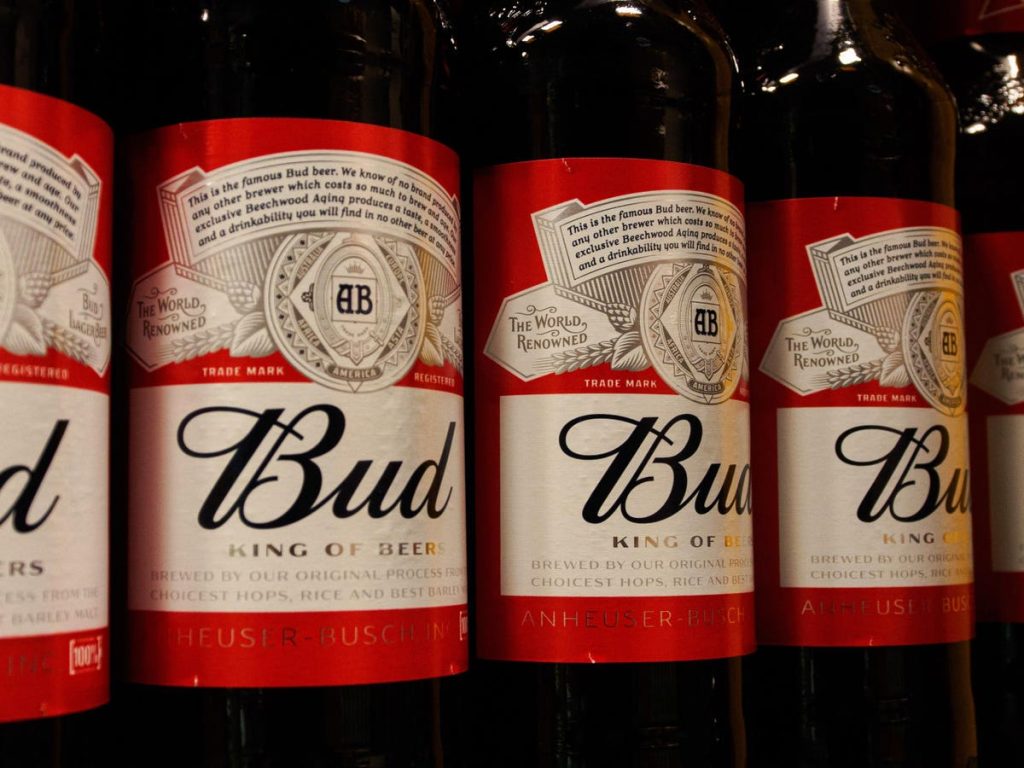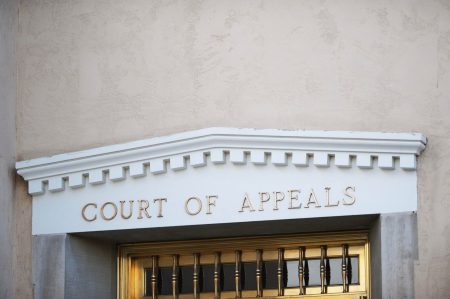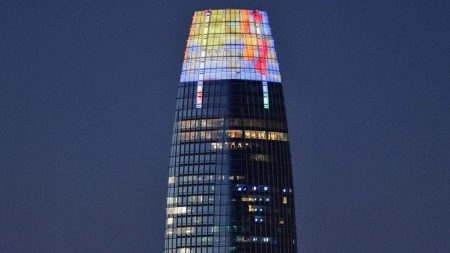Anheuser-Busch InBev (BUD) and Diageo (DEO), two giants in the alcoholic beverage industry, present an interesting investment dilemma. While DEO currently commands a higher valuation, trading at 3.3x trailing revenues compared to BUD’s 1.6x, this disparity stems from DEO’s superior profitability. However, a closer examination suggests that BUD offers a more compelling investment opportunity over the next three years, with a higher potential for upside based on its attractive valuation.
Both companies have underperformed the broader S&P 500 index over the past four years, albeit with varying degrees and periods of underperformance. DEO, after a strong 2021, experienced negative returns in subsequent years, while BUD’s performance has been more erratic. This inconsistency highlights the difficulty individual stocks face in consistently outperforming the market. Diversified portfolios, such as the Trefis High Quality Portfolio mentioned in the original text, often provide a smoother ride and better risk-adjusted returns. The underperformance of both BUD and DEO against the backdrop of a rising S&P 500 emphasizes the importance of considering market conditions and individual company circumstances when making investment decisions.
A key factor favoring BUD is its superior revenue growth. BUD has achieved an average annual revenue growth of 8.3% from 2020 to 2023, outpacing DEO’s 6.1% growth over a comparable period. BUD’s growth was fueled by post-pandemic demand recovery and a focus on premium products. However, the Bud Light controversy in 2023 significantly impacted North American sales, offsetting some of these gains. DEO’s growth, while positive, has been hampered by inflationary pressures and shifting consumer preferences towards cheaper alternatives. Looking ahead, both companies are projected to experience low single-digit revenue growth in the coming years, driven primarily by pricing strategies rather than volume increases, as headwinds related to volume and foreign exchange are expected to persist.
While BUD demonstrates stronger revenue growth, DEO boasts superior profitability and a healthier financial position. DEO maintains a consistently higher operating margin, hovering around 30%, compared to BUD’s 25%. Furthermore, DEO exhibits lower financial risk with a debt-to-equity ratio of 32%, significantly lower than BUD’s 82%. This stronger financial footing provides DEO with greater flexibility and resilience in navigating economic uncertainties and pursuing growth opportunities. The combination of higher profitability and lower financial risk underscores DEO’s current premium valuation in the market.
Despite DEO’s strengths in profitability and financial stability, BUD emerges as the more attractive investment option due to its compelling valuation. Currently, DEO trades at a premium compared to its historical average price-to-sales (P/S) ratio, while BUD trades at a discount. If both stocks were to revert to their average P/S ratios, BUD presents a potential upside of over 35%, surpassing DEO’s estimated 25% potential upside. This valuation gap, combined with the anticipation that current market headwinds are already factored into BUD’s price, makes it a more appealing investment proposition.
In summary, the investment decision between BUD and DEO involves balancing growth potential against profitability and financial risk. While DEO currently holds the advantage in profitability and financial stability, BUD’s superior revenue growth and significantly lower valuation create a compelling argument for its higher potential upside. The market has seemingly priced in the challenges faced by BUD, presenting an opportunity for investors seeking value and growth potential. While no investment guarantees future returns, BUD’s current valuation suggests a more attractive risk-reward profile for investors with a medium-term horizon. Ultimately, a comprehensive analysis of individual investor goals and risk tolerance is crucial in determining the most suitable investment strategy.










